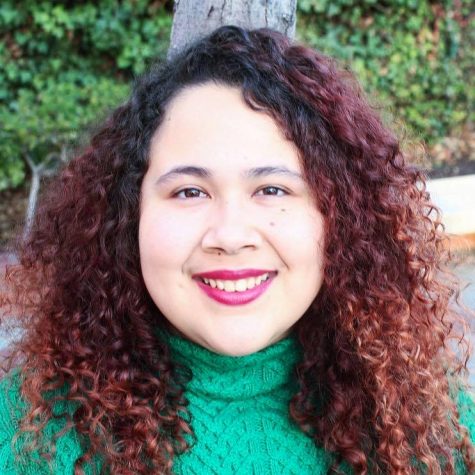Hip-hop and art collaborate
October 9, 2016
October 9, 2016
I started writing for this paper in 2013. Since then, I’ve held a variety of positions on this paper. My only goal is help my fellow writers as well...

My name is Beatriz and this is my last semester at LMC. I am a journalism major and I hope to transfer to UCLA.